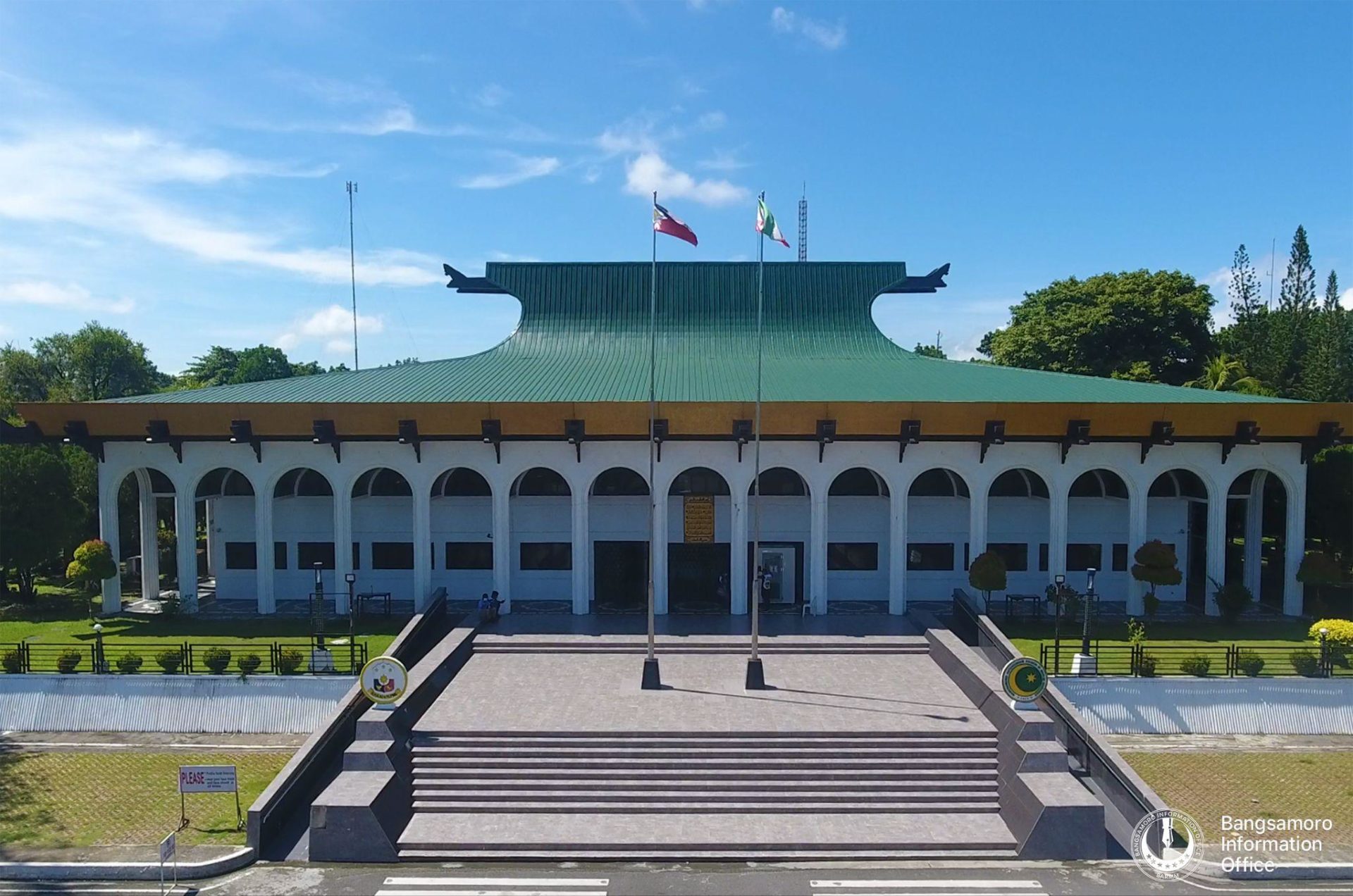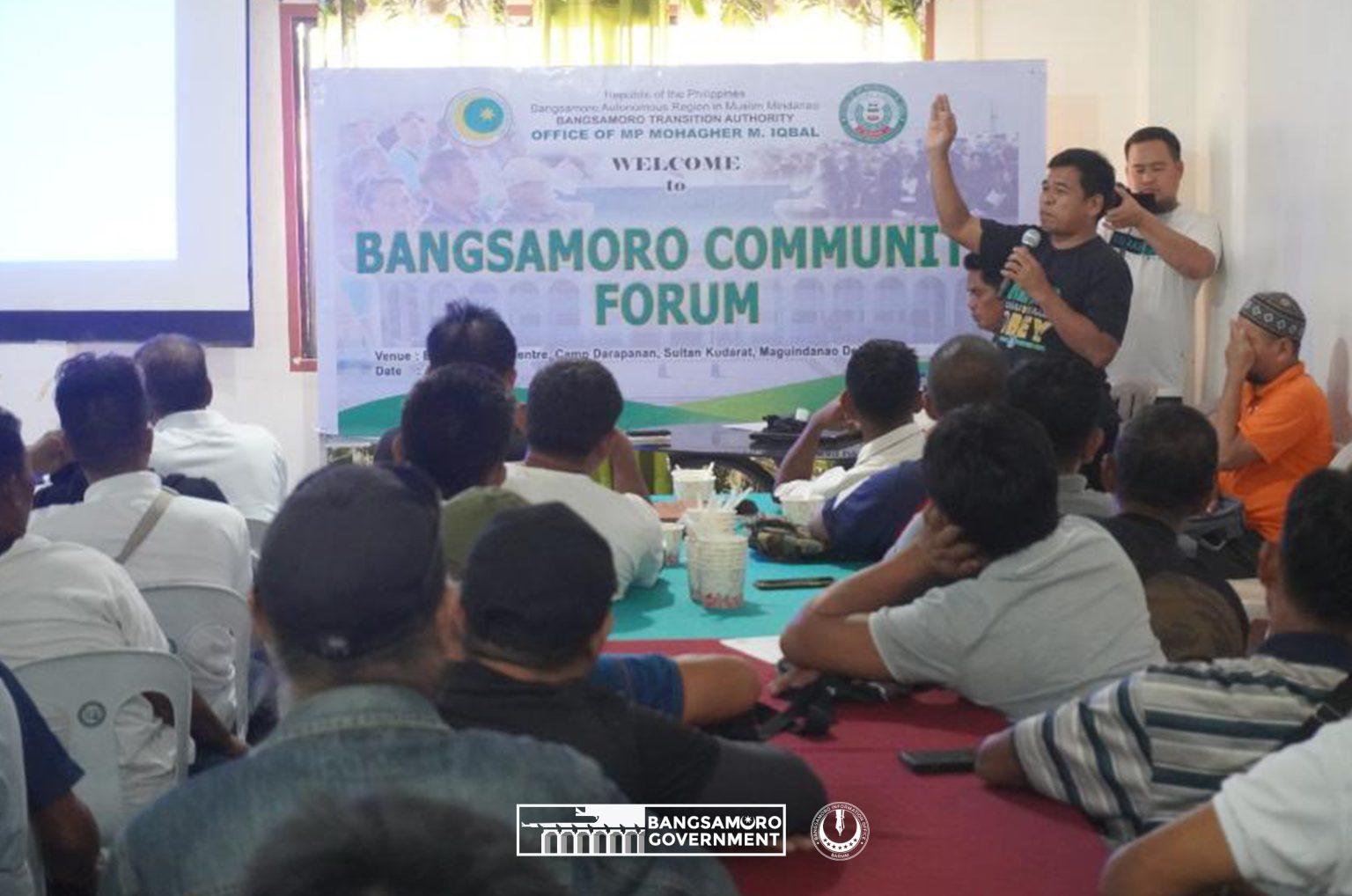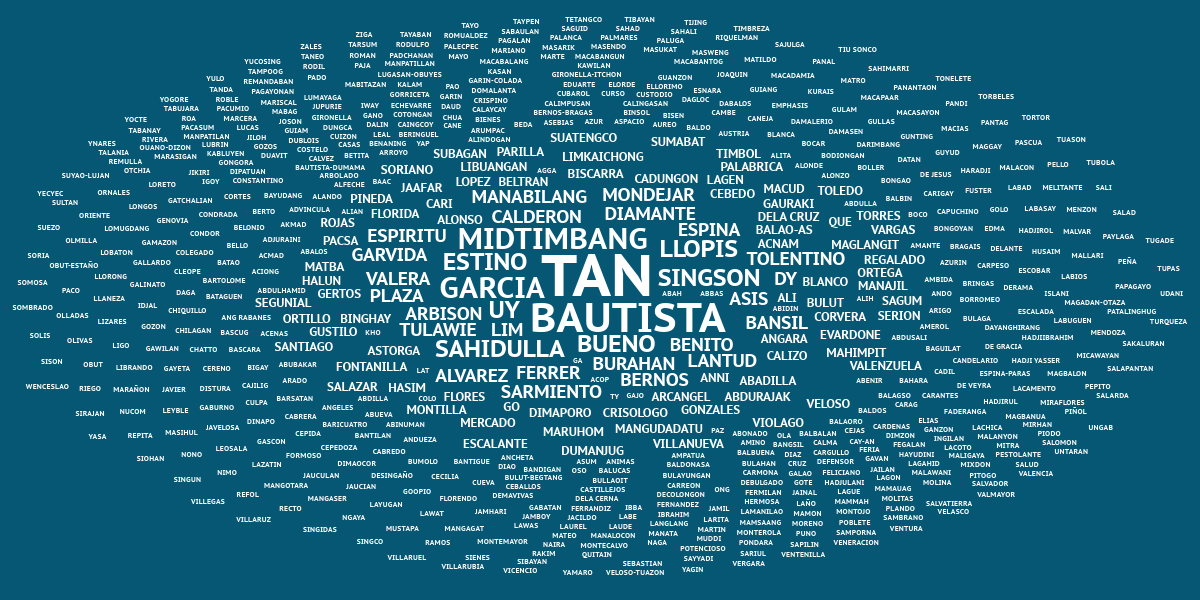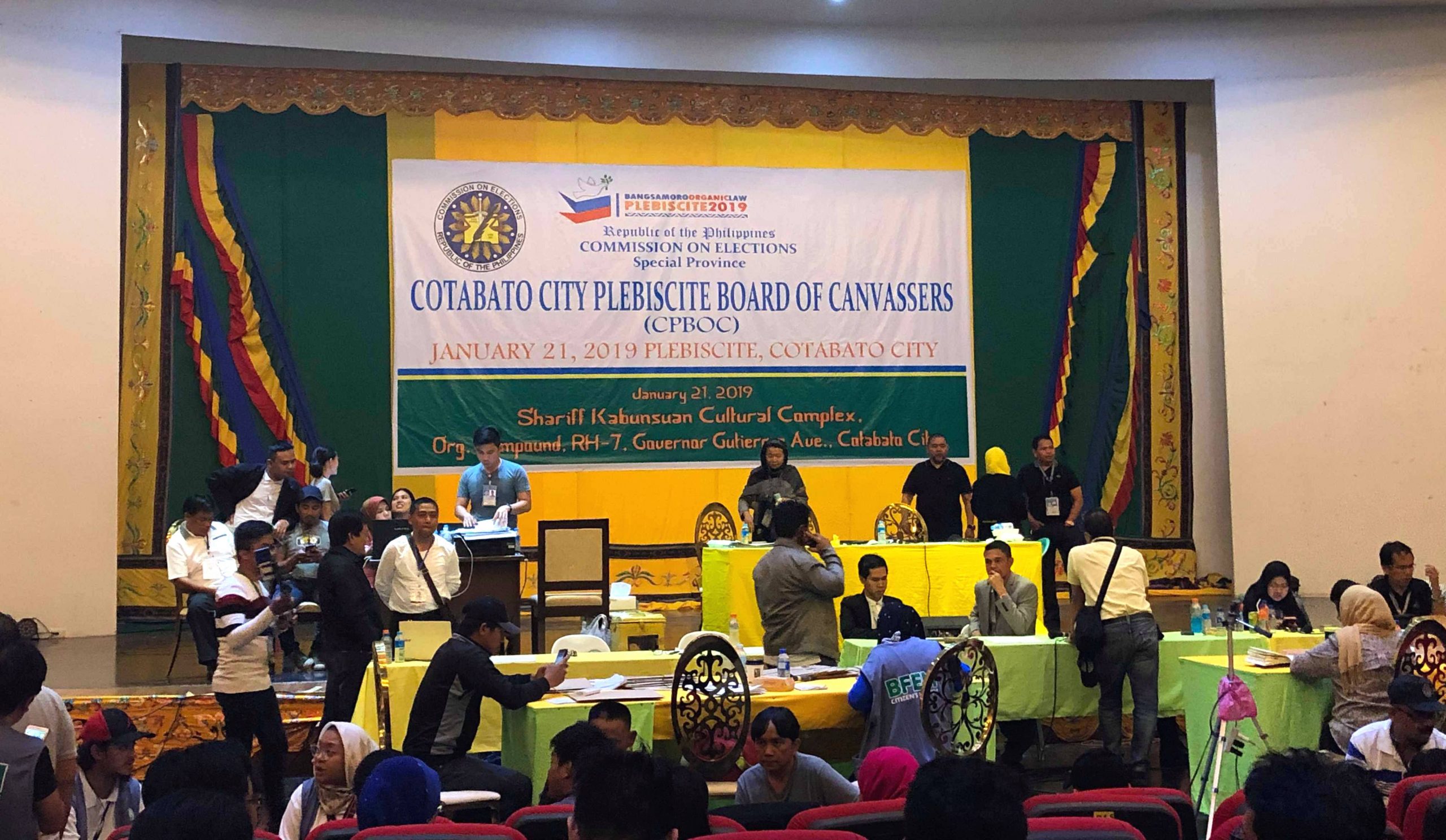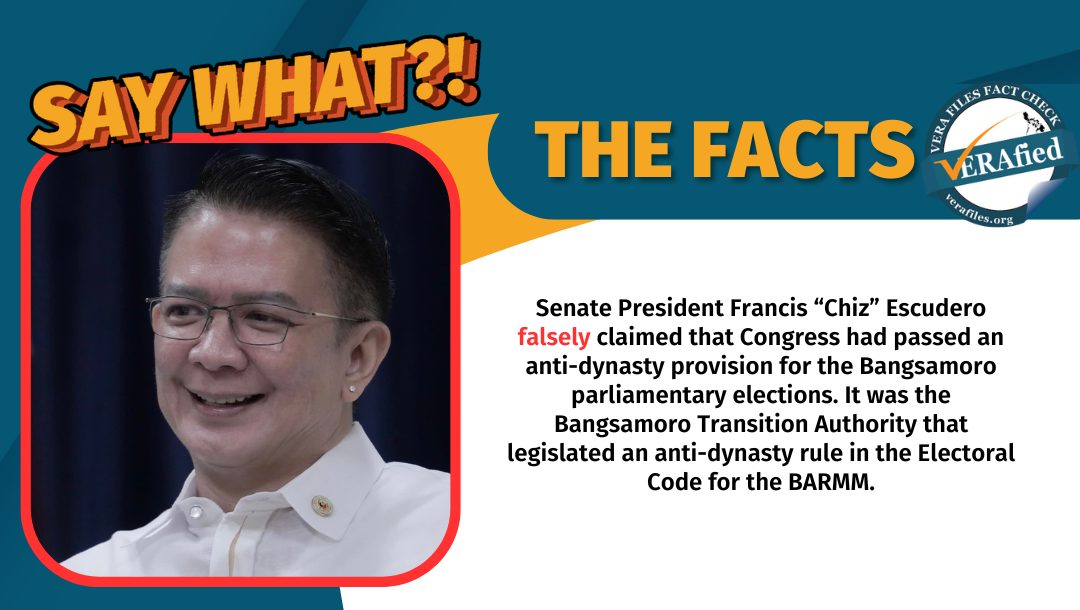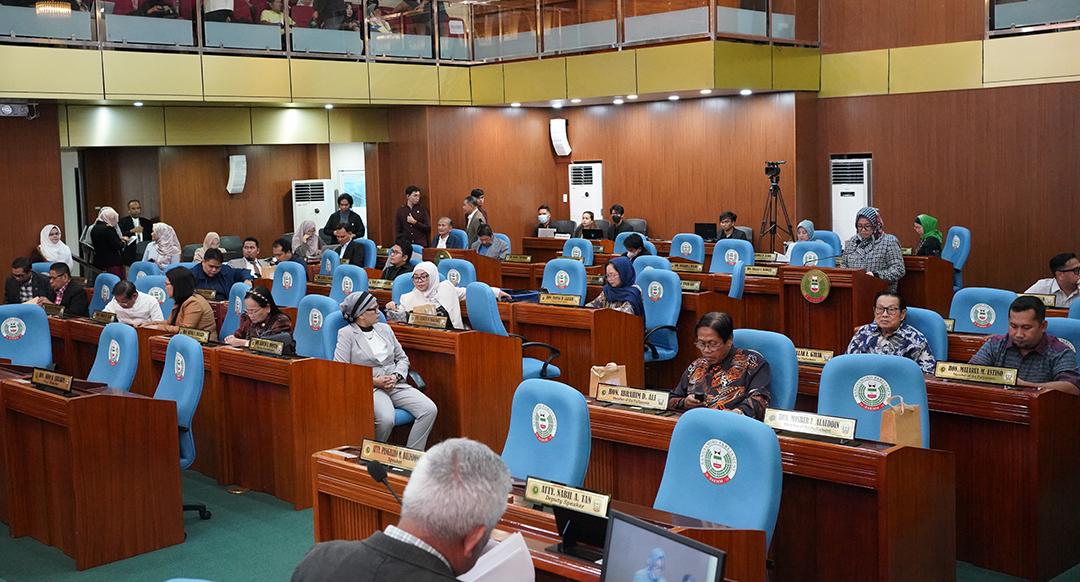The Supreme Court (SC) ruled on Sept. 9 that it is unconstitutional for Sulu province to be included in the Bangsamoro Autonomous Region in Muslim Mindanao (BARMM).
Sulu rejected the ratification of the Bangsamoro Organic Law (BOL) in a 2019 plebiscite. But with the defunct Autonomous Region in Muslim Mindanao (ARMM) voting as one geographical unit—majority for the BOL—Sulu remained part of the BARMM.
Here are three things you need to know about the recent SC decision:
1. Why is it unconstitutional for Sulu to remain part of the BARMM?
The SC decision declared that Sulu is not part of the BARMM because its inclusion violates Section 18, Article X of the 1987 Constitution, which states that “only provinces, cities, and geographic areas voting favorably in such plebiscites shall be included in the autonomous region.”
Thus, the High Court deemed unconstitutional Section 3(a), Article XV of the BOL, asserting that the ARMM “shall vote [as] one geographical area.”
In the plebiscite to ratify the BOL on Jan. 21, 2019, Sulu had 163,526 “no” votes and 137,630 “yes” votes.
Although the SC acknowledged Sulu’s right to be excluded from the BARMM, it noted that the BOL itself is constitutional. The BARMM “was granted greater autonomy than other territorial and political subdivisions,” but the High Court said this “does not imply separation from the national government.”
The BARMM, with more administrative powers and emphasis on the Bangsamoro identity and their aspirations for self-determination, replaced the ARMM. It is composed of former ARMM territories: Basilan, Tawi-Tawi, Maguindanao and Lanao del Sur.
Cotabato City in Maguindanao del Norte was added to the BARMM when it voted 38,682 “yes” against 29,994 “no” votes. In North Cotabato province, the plebiscite created eight municipalities that are now included in the BARMM, with 72,358 “yes” versus 273 “no” votes.
2. Why did Sulu want out of the BARMM?
In a petition to the SC on Oct. 17, 2018, Sulu argued that the BOL denied their people the right to opt out of the BARMM, “erased the autonomy and identity” of their indigenous people and “designated the MILF [Moro Islamic Liberation Front] to lead the Bangsamoro Transition Authority.”
Sulu also stated that the BOL was unconstitutional because it “abolished ARMM without constitutional amendment,” formed a parliamentary government and automatically included Sulu and other former ARMM territories in the BARMM.
In a May 2015 Senate public hearing in Sulu, its constituents raised concerns about being excluded from the creation of the BOL, also known as the Bangsamoro Basic Law.
“We were actually deliberately forgotten in the ongoing peace talks,” said Habib Mujahab Hashim, a senior officer of the Moro National Liberation Front (MNLF).
MNLF elites, who dominate the Sulu archipelago, historically had conflicts with MILF whose stronghold is mainland Mindanao. The latter spearheaded the establishment of the BARMM, alongside the national government.
Friction between ethnic identities remains prominent in the region, particularly the Tausugs in Sulu and parts of the Zamboanga peninsula and the Maguindanao and Maranao people in the mainland.
A 2018 study published in the Journal of Pacific Rim Psychology on the social identities among Mindanao Muslims stated that Tausugs “takes a more critical, and to some extent cautious, approach in assimilating” with the Bangsamoro identity, “which is more associated with the competing ethnopolitical group.”
Meanwhile, Chief Minister Ahod Ebrahim said in a news release on Sept. 11 that the Bangsamoro government will “explore all avenues to hold fast to the dream of a united Bangsamoro as well as ensure that the commitments enshrined in the Comprehensive Agreement on the Bangsamoro will be fully realized.”
3. What does this mean for Sulu and the BARMM?
The exclusion of Sulu from the BARMM will have repercussions in the national budget.
“Current rules would dictate and … an executive fiat would be issued that Sulu, which was removed from BARMM, will be transferred to Region 9,” said Senate Majority Leader Francis Tolentino in a Sept. 16 hearing of the Finance Subcommittee I.
Region 9, or the Zamboanga Peninsula, is composed of the provinces of Zamboanga del Norte, Zamboanga del Sur and Zamboanga Sibugay, and the cities of Dapitan, Dipolog, Isabela, Pagadian and Zamboanga.
Tolentino stressed the need for all government agencies to address the “budgetary gap” following the removal of Sulu from the BARMM.
In the same hearing, Social Welfare Secretary Rex Gatchalian said the agency plans to coordinate with [the Department of Budget and Management] “to carve back the portion that was intended for Sulu’s administrative costs.”
Gatchalian said this would be returned to the central office and then allotted to Region 9, adding that DSWD benefits given to 4Ps, senior citizens and centenarians in Sulu will not be affected.
The Sulu exclusion also removes one of the frontrunners for the position of the BARMM chief minister, Sulu Gov. Abdusakur Tan.
In May, the BARMM Grand Coalition–composed of multiple political parties in the region–endorsed Tan as its contender for chief minister in the first-elected BARMM parliament, challenging current Chief Minister Ebrahim.
